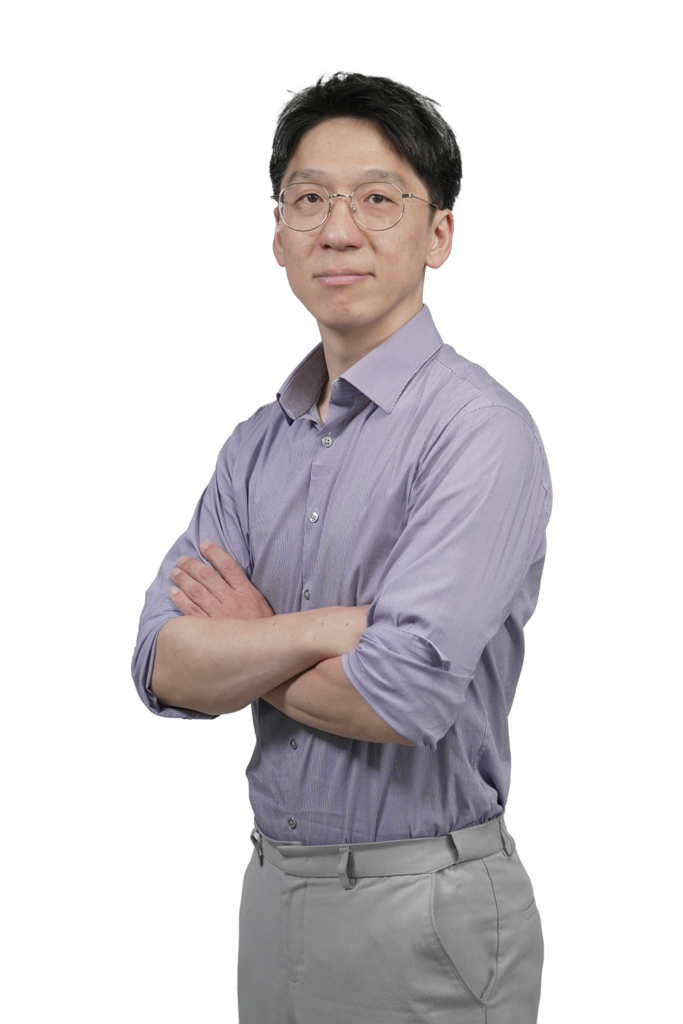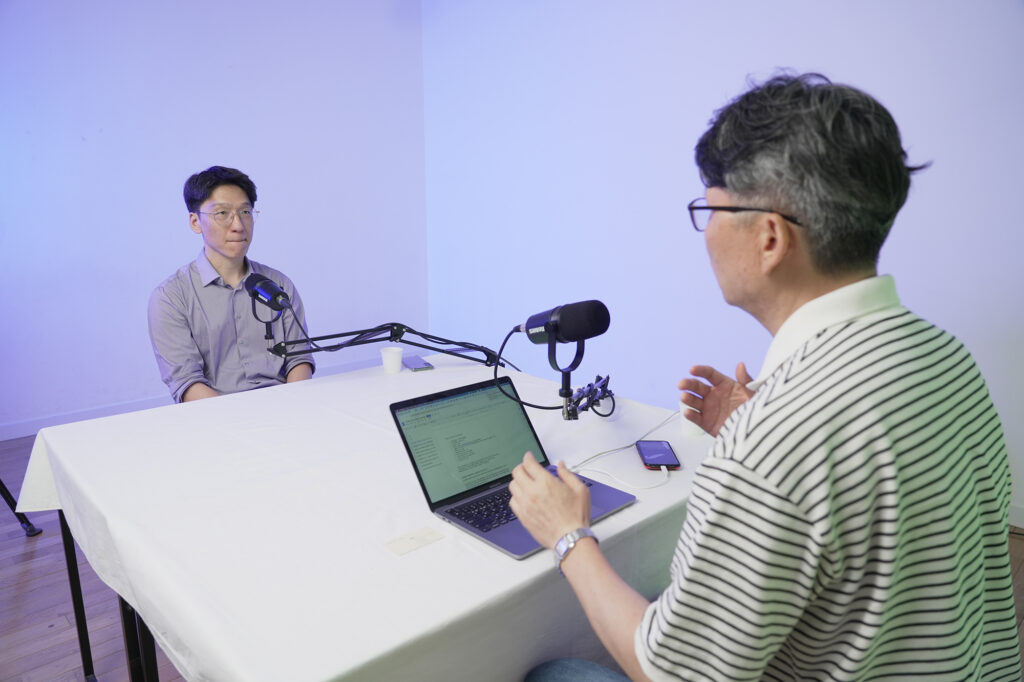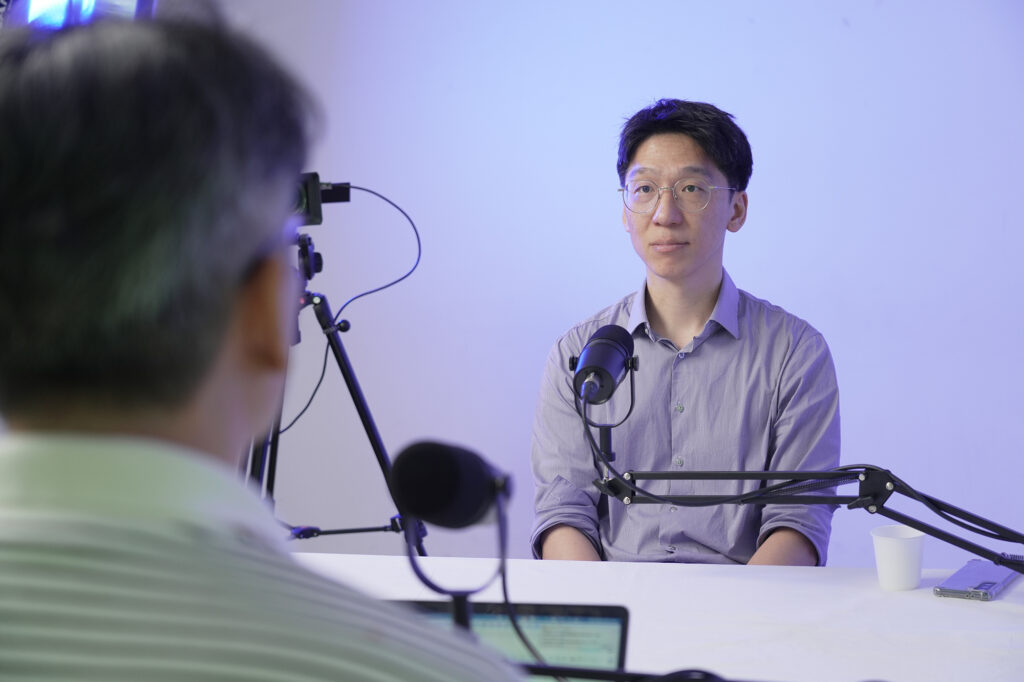The 2020 Nobel Prize in Chemistry was awarded to two female scientists for their groundbreaking work in developing CRISPR, a revolutionary gene-editing technology that has become a cornerstone of gene therapy. CRISPR, which originated from studying how bacteria and viruses interact over billions of years, has unlocked new possibilities in gene editing and brought hope to those suffering from genetic disorders.
Despite significant advances in gene analysis and editing, developing gene therapies remains challenging, mainly due to off-target effects. These occur when the guide RNA (gRNA) intended to direct CRISPR enzymes to a specific gene mistakenly guides them to similar, but incorrect, DNA sequences, potentially causing severe side effects.
To tackle these off-target issues, biotech companies worldwide have invested heavily in research and development. HOYA LAB, a startup I’ll introduce today, aims to address this problem by combining biotechnology with artificial intelligence (AI).

HOYA LAB was founded in January by Dr. Hyun Yoo, who holds a Ph.D. in molecular biology from the Catholic University of Korea. With extensive experience in biopharmaceutical R&D from his time at institutions like the National Cancer Center and Yonsei University Medical Center, as well as companies like Hugel and Mediscience, Dr. Yoo dedicated more than two years to studying AI and biotechnology before officially launching HOYA LAB. During this period, he built a database of 30 million off-target data points by applying AI analysis to over 30,000 research papers and open-source data—a monumental achievement.
Dr. Yoo was motivated to start HOYA LAB after observing the difficulties companies faced in integrating AI with biotech for drug development. Despite rapid advancements in both fields, teams of experts who didn’t fully understand each other’s disciplines often failed to produce meaningful results. This realization led him to create a company that could effectively bridge the gap between these two areas.
HOYA LAB’s business model involves designing gRNAs that minimize off-target effects and providing these to biotech companies, with the goal of significantly reducing the time and cost associated with drug development. Dr. Yoo has coined this technology “crAIspr™,” blending CRISPR with AI.
But how reliable is HOYA LAB’s crAIspr™ technology? Dr. Yoo is confident in its effectiveness, citing performance validation by an analysis institute in Singapore, which showed a dramatic reduction in off-target possibilities. This confidence was a key factor in his decision to launch HOYA LAB.
HOYA LAB plans to further develop its technology and begin applying it to several key genetic disorders starting next year. Their initial focus will be on developing an AIDS treatment, followed by applications in ocular diseases (such as retinal regeneration) and muscle disorders (like degenerative muscle atrophy). Achieving these goals will require additional clinical trials and further refinement of crAIspr™. If successful, HOYA LAB could become a major player in the field of gene therapy.
Dr. Yoo works on crAIspr™ during evenings and weekends while holding another job during the day. The CTO, an AI expert preparing to join HOYA LAB, is also employed elsewhere for now. The success of HOYA LAB’s ambitious efforts to solve the off-target problem in gene therapy will depend on their abilities and the support they receive from investors.

What problem is HOYA LAB solving?
In the biotech industry, the success of drug development hinges on both efficacy and side effects. HOYA LAB focuses on addressing the issue of side effects.
While many substances show high efficacy, they often cause side effects and toxicity, leading to significant problems. Developing a substance that is both effective and has minimal side effects requires numerous experiments and substantial costs over several years.
A major cause of these side effects is the off-target issue in gene therapy, which HOYA LAB is working to solve. Off-target effects occur when gene editing, intended to target a specific gene, unintentionally affects non-targeted genes.

How is HOYA LAB addressing this problem?
HOYA LAB is tackling the off-target issue in gene therapy, specifically within gene-editing technology, by integrating AI to develop solutions.
Addressing off-target effects requires advanced analytical technology. In the traditional process of developing small-molecule drugs, while it is known that off-target effects exist, pinpointing exactly where, to what extent, and how they occur has been challenging. This fundamental problem has persisted for decades.
However, with recent technological advancements, genetic sequencing can now be completed in 1-2 days at a cost of around $700-$800. This represents a significant leap forward compared to the Human Genome Project, which took 13 years and $2.7 billion.
HOYA LAB integrates concepts for drug development with AI and existing analytical technologies to develop its solutions.
What is HOYA LAB’s competitive advantage?
HOYA LAB’s competitive edge lies in its ability to develop drug candidates faster and at a significantly lower cost compared to existing methods.
Typically, developing small-molecule drugs takes about 5-6 years and costs around $10 million. While opinions vary, HOYA LAB estimates that its approach will cost only about $160,000 per year. Crucially, the substance will have been thoroughly analyzed for off-target effects before moving to the next phase. Knowing potential problems in advance versus not knowing can lead to vastly different outcomes.

What products does HOYA LAB offer?
HOYA LAB specializes in integrating bio-AI technology and develops drug candidates, though it is not a drug development company.
When the target and indication are predefined, HOYA LAB designs gRNAs that can optimally edit target genes without side effects. Since the AI model isn’t yet perfect, HOYA LAB provides these as a library, with the number of gRNA candidates varying by target.
In rare cases, it may be impossible to design a gRNA for a specific target. HOYA LAB has completed AI model development and proof-of-concept (POC) testing. To commercialize the technology, additional infrastructure and biological experiments are needed, which requires investment.
What is the target market size and core target customers?
According to the “2023 Global Market Status and Outlook for Gene Editing Technology” (Bio Industry), the global market for gene therapy is projected to reach $40 billion by 2027, with gene-editing technology reaching $6 billion. However, since HOYA LAB operates in drug candidate development, the market size and customers vary by indication.
In 2020, global deals for infectious and ocular diseases were valued at approximately $420 million, while oncology, neurology, immunology, and metabolic diseases reached around $1.8 billion. These figures include milestones and royalties, with upfront revenue estimated to be about 10-20%.
HOYA LAB targets all research institutions and pharmaceutical companies facing challenges with off-target risks in gene editing. While they cannot target every biopharmaceutical company, their initial focus is on infectious diseases (AIDS) and ocular diseases, with plans to expand to other targets as opportunities arise.

What is HOYA LAB’s business model?
First, HOYA LAB plans to commercialize its technology by completing a certain level of biological validation for selected targets and then partnering with biotech companies.
Second, HOYA LAB can collaborate with clients who require its technology from the target selection stage, conducting joint research. In both cases, the goal is to fully license the technology at a certain stage.
What are HOYA LAB’s achievements to date?
HOYA LAB was officially founded in January 2024, and as a company, it has no major achievements yet. However, prior to its official launch, Dr. Yoo spent several years researching gene therapy and gene-editing off-target issues, advancing related technologies by integrating AI.
What is HOYA LAB’s team’s competitive edge?
Dr. Yoo earned a Ph.D. in molecular biology from Catholic University Medical College and spent about 10 years in basic drug research and 8 years in research planning at biopharma companies. Over the past 5 years, he has worked on various biotech-IT convergence projects, such as drug design based on protein tertiary structure information, predicting new COVID-19 variants, and using EMR data to predict personalized cancer drug responses. These experiences have made him a bio expert optimized for AI integration projects that span both BT and IT.
The CTO, currently working at another company to support his livelihood, plans to join HOYA LAB once conditions allow after investment. He is an AI expert who has completed a doctoral program and has worked with Dr. Yoo for a long time. While collaborating, they educated each other about their respective fields, and the CTO is considered to have the highest level of understanding of BT among AI experts.
From years of convergence project experience, Dr. Yoo learned that having a few team members who understand both fields well is far more effective for efficiency and setting the right direction than having a large number of experts who are only focused on their areas. This understanding allowed the small team to successfully complete AI development.
As the team expands, HOYA LAB intends to prioritize hiring individuals who are open-minded and willing to understand other fields, even if they are not the top experts in their own domain.

Three reasons why HOYA LAB should receive investment:
Gene therapy, once fully understood, could become one of the most widely used treatments globally, potentially following in the footsteps of antibody and cell therapies. By addressing the critical off-target issue, HOYA LAB aims to secure leadership in this emerging field.
HOYA LAB is a small but highly optimized team for biotech-IT convergence projects.
HOYA LAB’s technology is fully developed and validated in both IT and BT. The company plans to expand the range of indications and treatment areas based on more diverse data.
MORE FROM THE POST
- [Korean Startup Interview] KINGO Bio Challenges Global Giants with Innovative Clean Up Beads Solution ‘GraBeads’
- [Korean Startup Interview] OCULIGHT: Shining a Light on Safer, More Accurate Cataract Surgeries
- [Korean Startup Interview] Mediark: Revolutionizing Patient Diagnosis and Doctor Efficiency with AI-Based Medical Interview System
- [Korean Startup Interview] Beyondmedicine, Pioneering World’s First Digital Therapeutic for TMJ Disorders
- [Korean Startup Interview] Peptirna Therapeutics Aims for Global siRNA Market with Peptide Delivery Platform
- BioHealth
- crispr cas-9
- EN
- hoya lab
- Interview
- Korea
- Korean startup
- off target
- Startup Together
- wow together
- WOWTALK
Share
Most Read
- 1
- 2
- 3
- 4
- 5




Leave a Reply